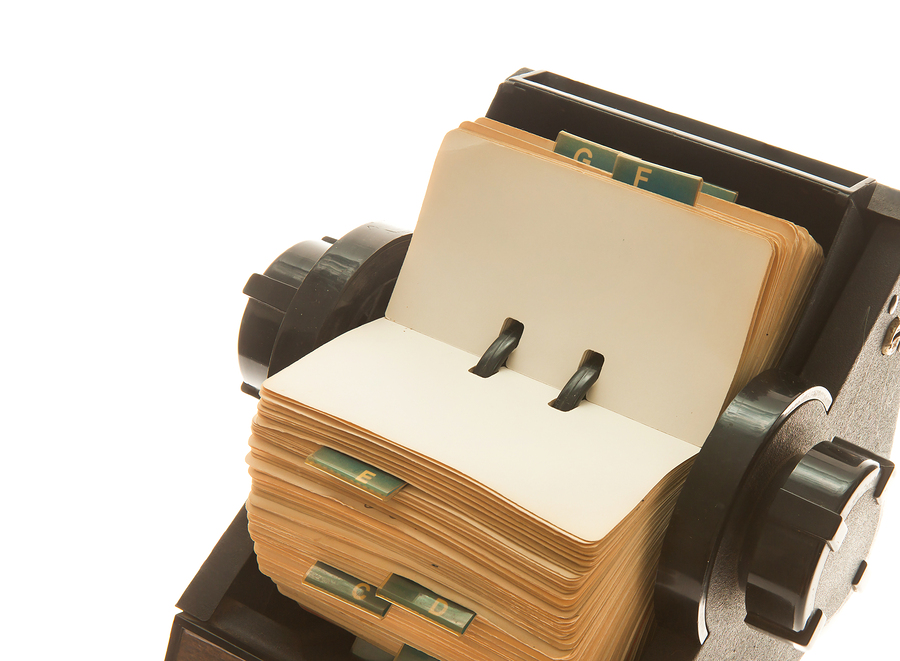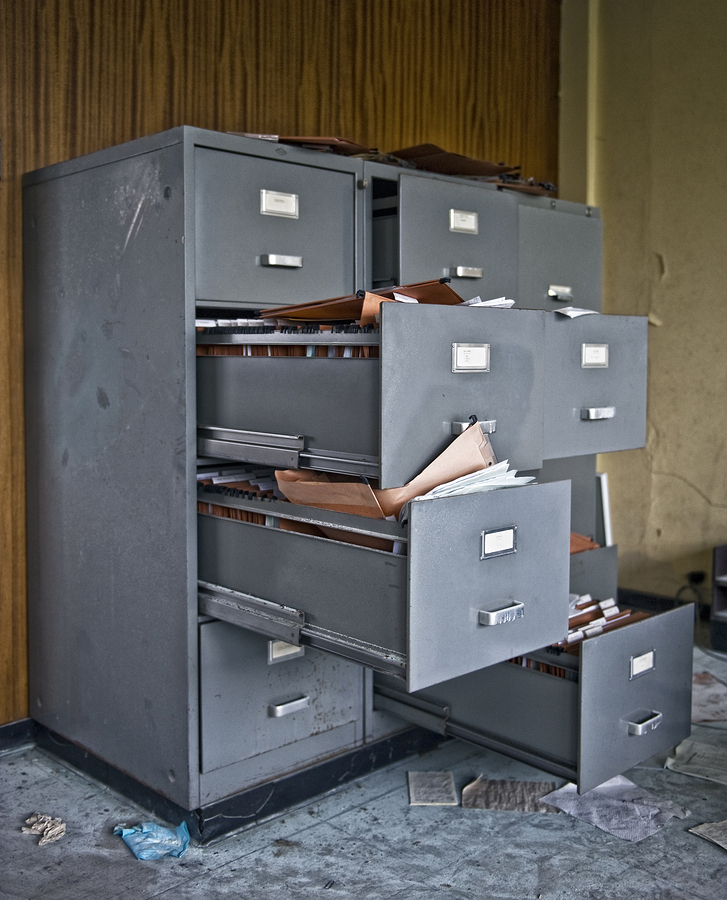Guest post by Neil Thomason, Egan Reid
When you walk through the door with earphones on, set down your mug of coffee on a large desk, finish that text, and boot up your laptop in the morning you’d think that’s how office life has always been. But you’d be wrong. Over the course of 50+ years, offices have changed in almost every regard – from their layout to the technology used – and it will continue to evolve and adapt to the world as you read and finish this article. Below, you’ll find some of the of ways in which offices have evolved over the last 50 years.
Less Space
You may look back at the trend for small cloistered cubicles of the 90s with disdain but, believe it or not, workspace in 1995 was estimated to be 75 square feet bigger compared with that of 2014. This size-reduction can be due to a variety of reasons: more flexibility in schedule means less space needed at all times, hot-desking popularity, working from home, and the fact that many professionals work with laptops instead of monitors and equipment that take up too much space.
Technological Evolution
Granted, technology 30 years ago is nothing like it is today, but work tools aren’t as far removed as you’d think. Today we have instant messaging, teleconferences, and cloud storage, but 30+ years ago there were tech tools that fulfilled the same purpose (just maybe less quickly and quite more time-consuming). A few examples:
- 1960: Reams of memos vs 2016: Email chains
- 1960: Typewriter vs 2016: Microsoft Word / Google Docs
- 1960: Conference Call vs 2016: Teleconferencing

1960: Rolodex
vs
2016: Microsoft Outlook Contacts

1960: Filing Cabinet
vs
2016: Cloud Uploading
Different Work Spaces For Different Approaches
When the office landscape first started to take the working world by storm in the 1960s, side by side workstations were the norm. By the end of the decade though, more emphasis was put on a modular system, giving rise to the cubicle, low dividers and large workspaces. This was taken to its zenith in the 80s when Americans popularised the ‘cubicle farm’ due to a swell of middle-management in large corporations, and as a result modular walls took on prominence.
This layout remained in use in one form or another until the late 00s when emphasis was put on networking due to the influence of major .com’s like Google and Facebook. Since then, we’ve been seeing the gradual death of cubicles and the birth of shared workspaces that encourage sociability, creativity, and collaboration.
What’s Next?
As technology evolves, the office environment is likely to follow suit. We’re already in the midst of this workplace revolution, with workspaces becoming increasingly more mobile due to cloud computing and tele-computing employees who can connect to work wirelessly and remotely. Today anywhere and everywhere can be an ‘office’ – from an airport lounge, to a hotel lobby, to a coffee shop.


 Dr. Gleb Tsipursky – The Office Whisperer
Dr. Gleb Tsipursky – The Office Whisperer Nirit Cohen – WorkFutures
Nirit Cohen – WorkFutures Angela Howard – Culture Expert
Angela Howard – Culture Expert Drew Jones – Design & Innovation
Drew Jones – Design & Innovation Jonathan Price – CRE & Flex Expert
Jonathan Price – CRE & Flex Expert












